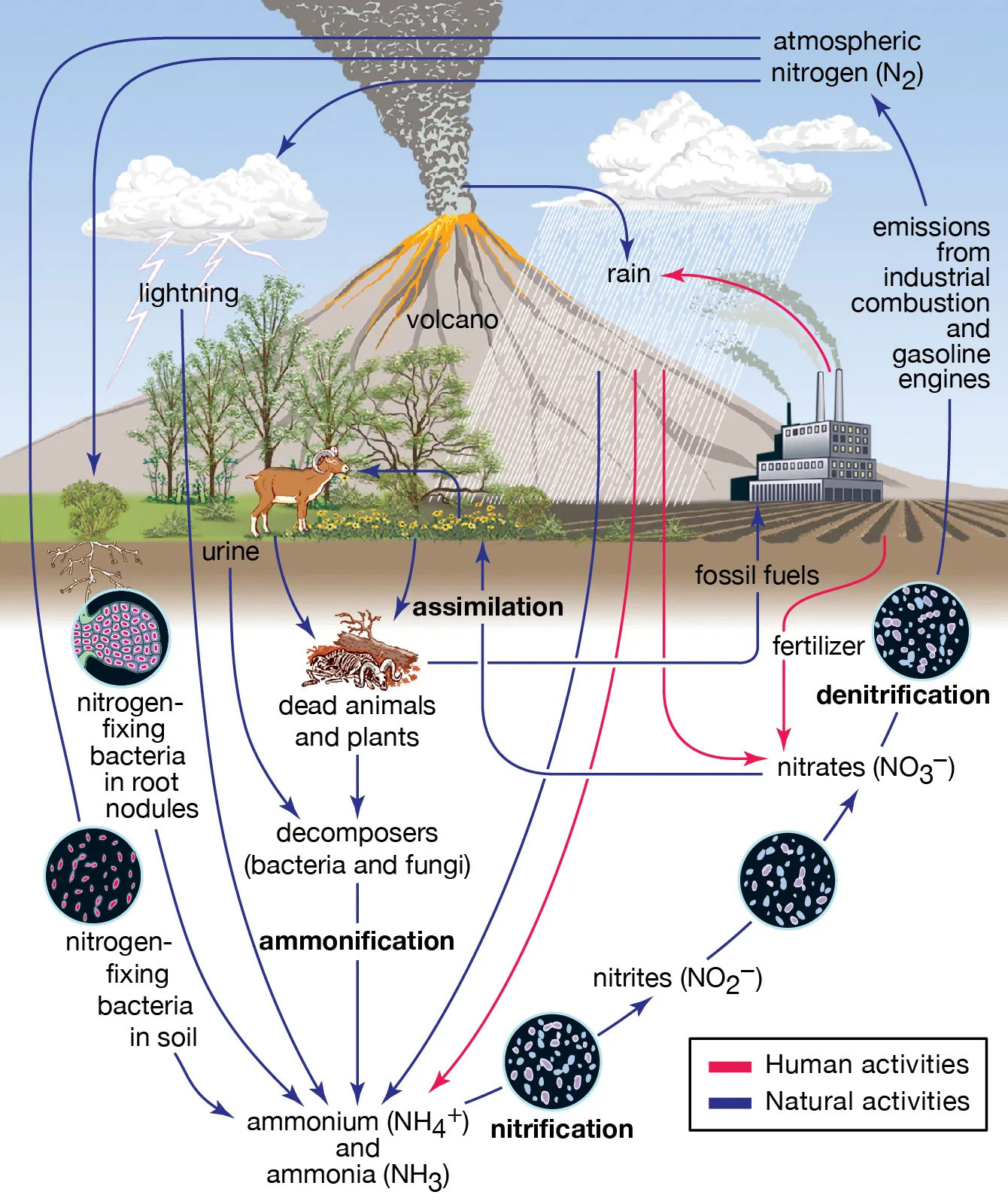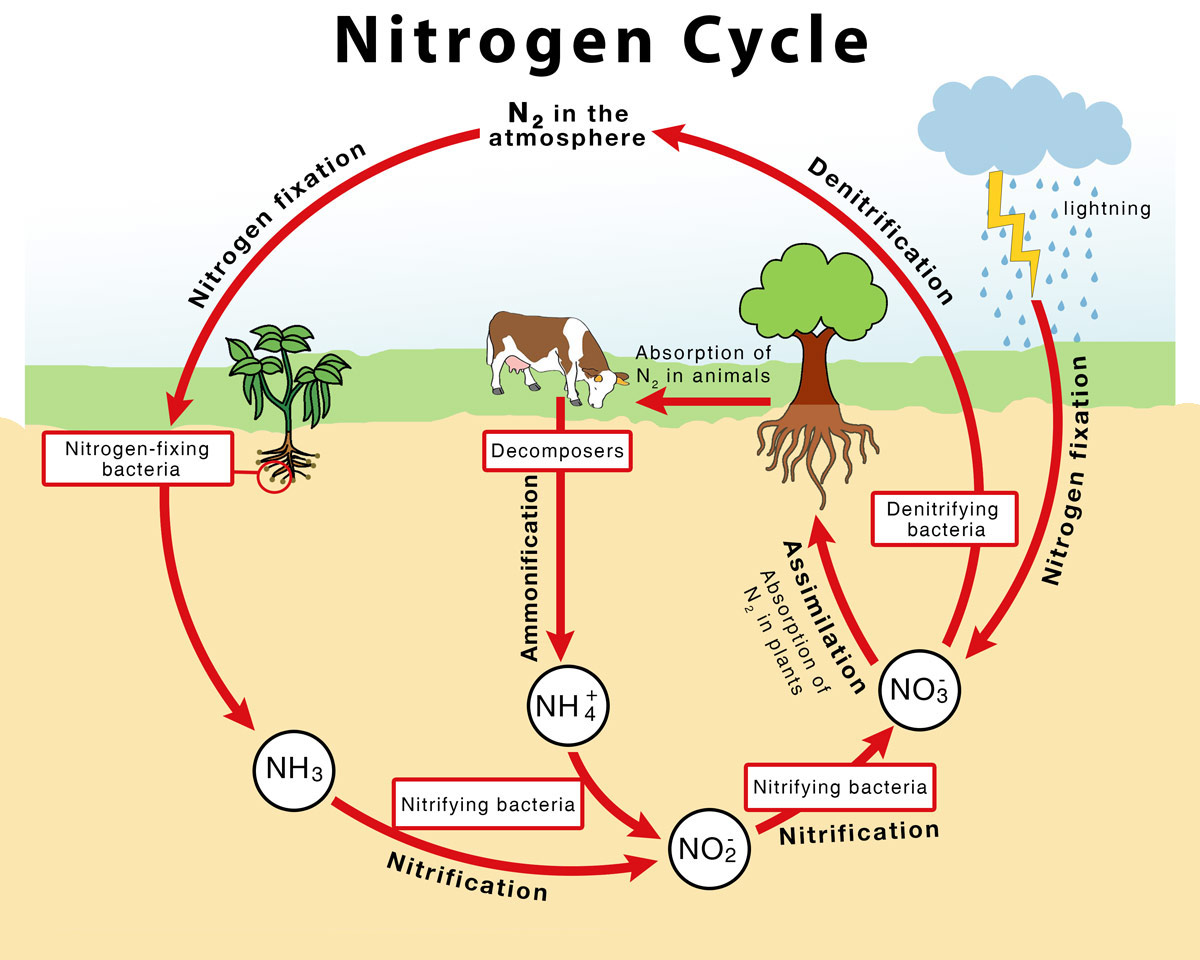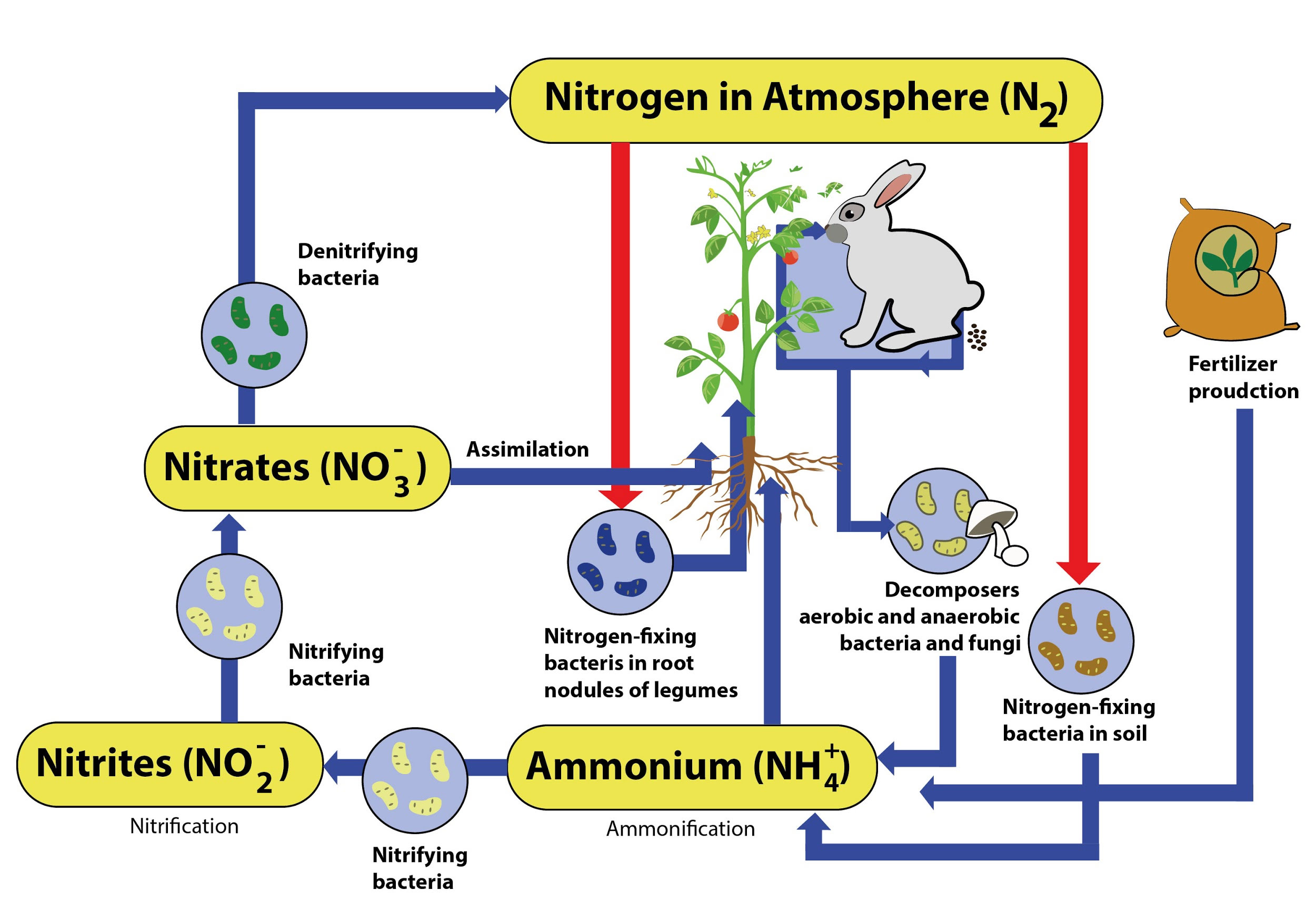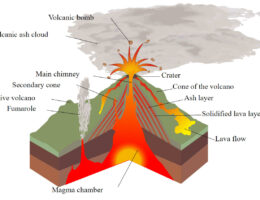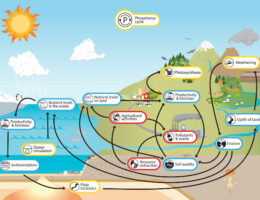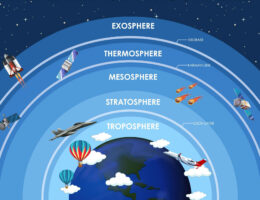The nitrogen cycle is the biogeochemical process by which nitrogen is converted between its various chemical forms and circulated throughout the earth’s atmosphere, soils, and water systems. Here is a brief description of the labeled parts of the nitrogen cycle:
- Nitrogen fixation: The process by which atmospheric nitrogen gas (N2) is converted into a usable form of nitrogen, such as ammonia (NH3), by certain bacteria, including Rhizobium, Azotobacter, and cyanobacteria.
- Nitrification: The process by which ammonia (NH3) is converted into nitrite (NO2-) and then into nitrate (NO3-) by other bacteria, such as Nitrosomonas and Nitrobacter.
- Assimilation: The process by which plants and other organisms take up nitrogen in the form of ammonia (NH3) or nitrate (NO3-) from the soil or water and incorporate it into their tissues.
- Ammonification: The process by which organic nitrogen compounds, such as proteins and nucleic acids, are broken down into ammonia (NH3) by bacteria and other decomposers.
- Denitrification: The process by which nitrate (NO3-) is converted back into atmospheric nitrogen gas (N2) by certain bacteria, such as Pseudomonas and Bacillus, under anaerobic (oxygen-free) conditions.
- Nitrogen gas: The primary form of nitrogen found in the earth’s atmosphere, comprising about 78% of the air we breathe.
The nitrogen cycle plays a crucial role in the functioning of ecosystems and the production of food crops, as nitrogen is a key nutrient required for plant growth and is often a limiting factor in agricultural systems. Understanding the nitrogen cycle and the various processes involved can be important in managing and optimizing agricultural and environmental systems.
